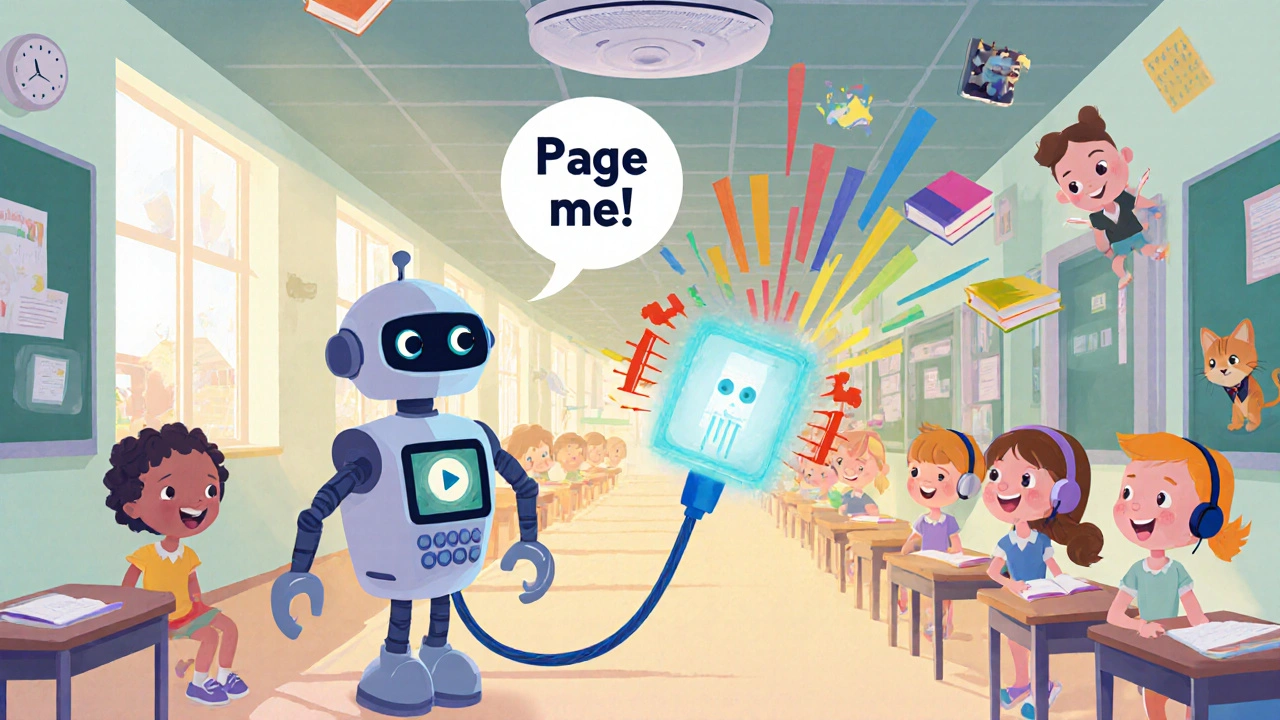VoIP Paging: How Internet-Based Paging Systems Work for Schools, Churches, and Businesses
When you think of a VoIP paging, a system that sends voice announcements over an internet connection to speakers instead of traditional analog intercoms. Also known as IP paging, it replaces outdated wired intercoms with software-driven audio networks that work over Wi-Fi or Ethernet. Unlike old PA systems that need heavy wiring and separate hardware, VoIP paging uses the same network your phones and computers run on. That means lower installation costs, easier scaling, and the ability to page from any device — a phone, a tablet, even a computer.
It’s not just about making noise. Classroom paging systems, a targeted form of VoIP paging used in K-12 schools to alert teachers or students without disrupting entire buildings let admins send messages to one room, a wing, or the whole campus with a single click. VoIP for schools, a growing trend where institutions replace analog phones and PA systems with unified internet-based communication saves money and improves safety. The same tech powers VoIP for churches, a solution that helps congregations broadcast announcements, prayer requests, or emergency alerts over speakers in the sanctuary, nursery, or parking lot. No more running to the front office to flip a switch — you can page from your phone while sitting in the pew or grading papers.
Businesses use it too. Warehouses page workers. Hospitals alert nurses. Retail stores announce staff breaks. All without extra lines, bulky hardware, or monthly fees for analog service. The key is integration: VoIP paging works alongside your existing phone system, so your receptionist can page from their desk phone, your manager can trigger alerts via an app, and your security team can trigger emergency broadcasts with one touch. It’s not magic — it’s just better use of your network.
You’ll find real setups in the posts below: how schools avoid lockdown confusion with targeted paging, how churches cut phone bills while staying connected, and how businesses stop wasting time on walkie-talkies and analog buzzers. No theory. No fluff. Just what works — and what doesn’t — in real places with real people.
